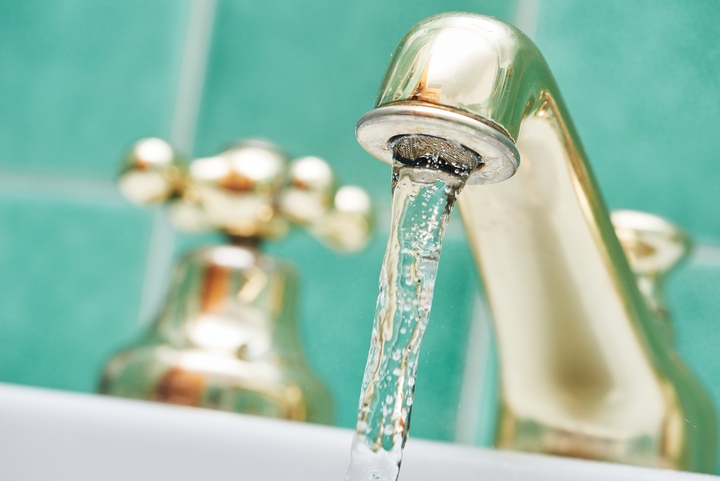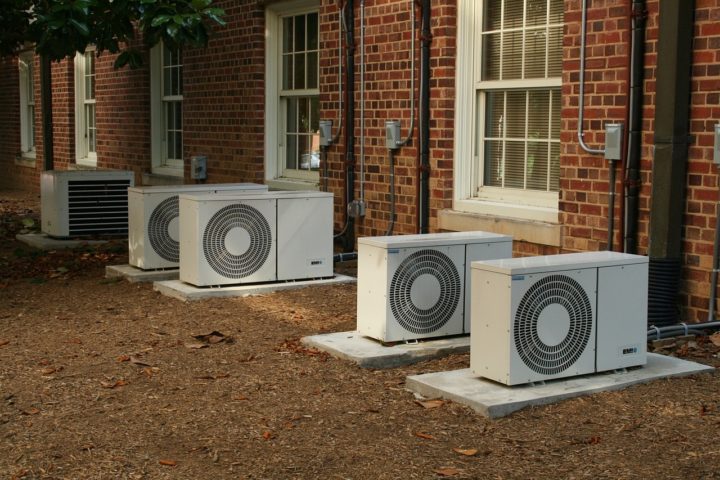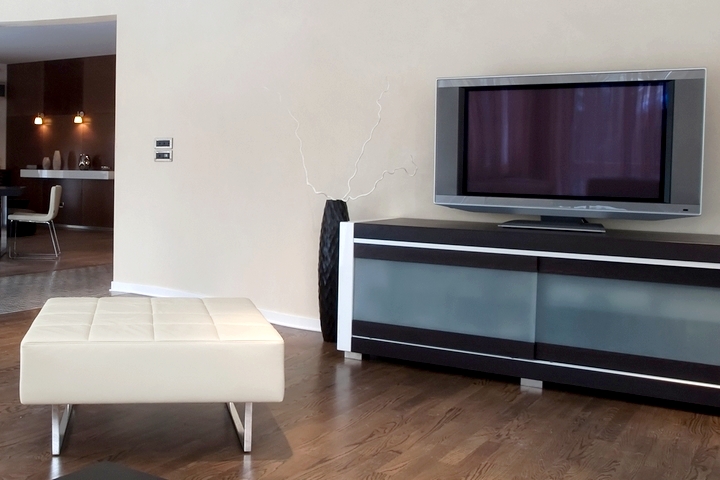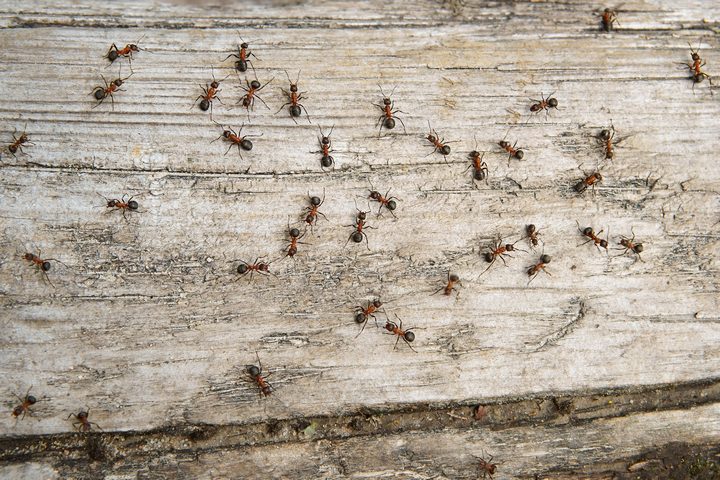Low water pressure in shower, even for a short while, can be annoying. It is worse if it has become a consistent problem as it makes it hard for you to take a shower fast and effectively. Fortunately, there are several ways of repairing pressure problems in your shower. However, you first need to find the root cause of the problem to be able to repair it correctly. Here are some of the reasons for low water pressure in your shower.
- Limitations in The Pressure Balancing Valve
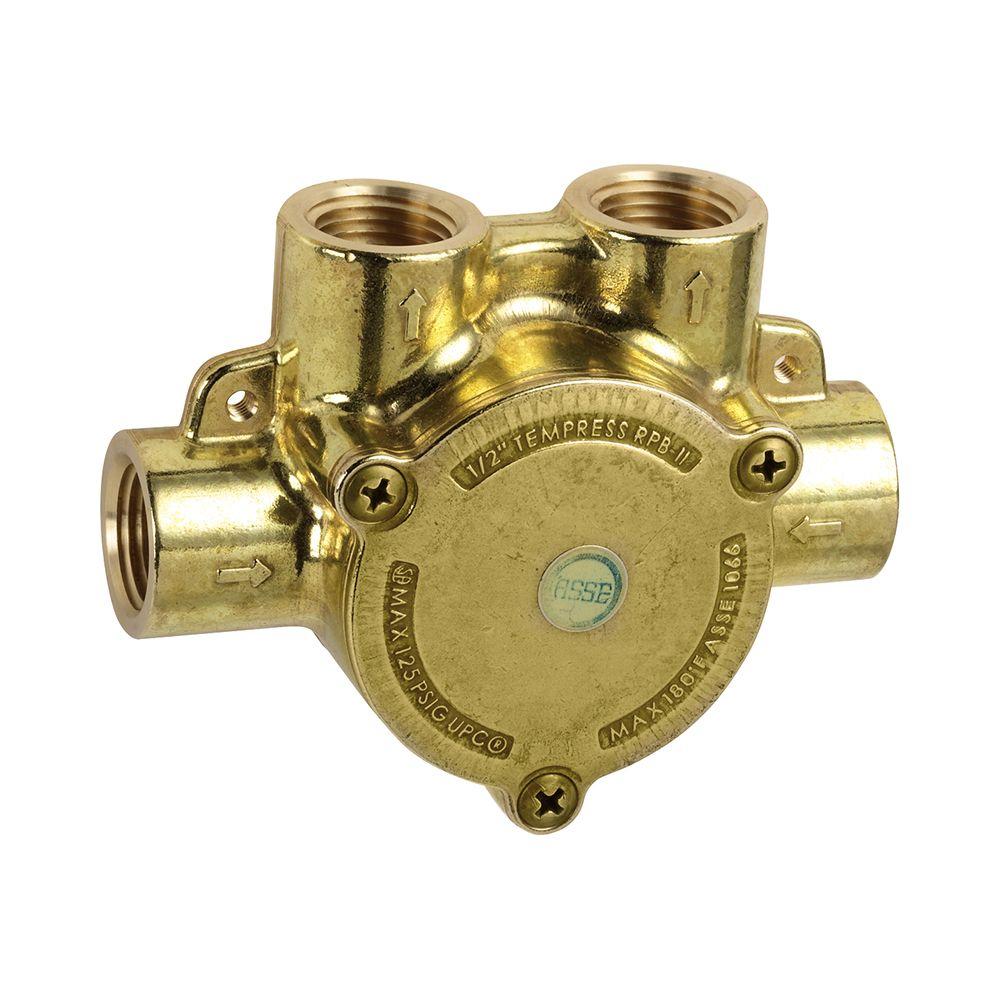
Some showers come with pressure balancing valves where one knob is used for balancing the water flow and temperature. If this is the case, you stand the chance of experiencing water pressure issues whenever nearby sinks or toilets are used. This type of pressure valve mixes cold and hot water at a certain pressure. When the toilet is flushed or the sink faucet is turned on, cold water is allowed into the tank and this causes a drop in pressure in the cold water pipe. In turn, water from the shower may become hotter as the pressure balancing valve adjusts. To avoid this problem, you can install a thermostatic mixing valve to separate controls for pressure and water temperature.
- A Problem with The Diverter Valve
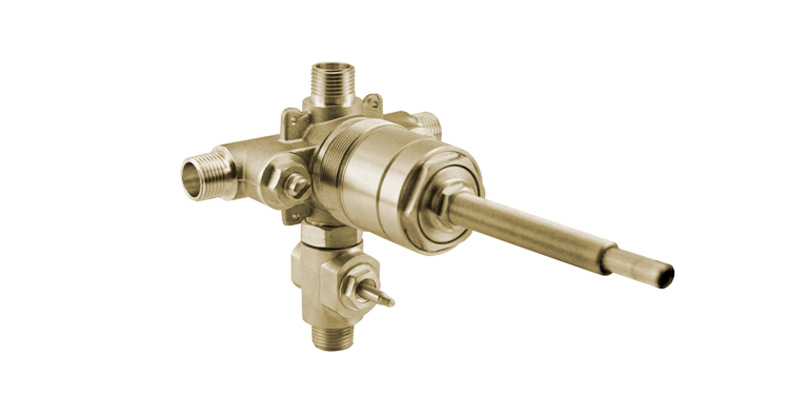
If your home has a shower and bathtub combo, it definitely has the diverter valve. This is a switch or knob used to divert water from the tub’s faucet to the showerhead. After years of service, it is normal for these diverters to develop functionality issues. Once they are broken, it becomes hard for the valve to open fully and allow water pressure to the showerhead. This results in low water pressure in your shower. If you find that water flow pressure is full on your bathtub faucet and not on your showerhead, it is probably because of a faulty valve. You can hire the services of a plumber to confirm the diagnosis and repair or replace the diverter valve.
- Problems with The Pressure Reduction Valve
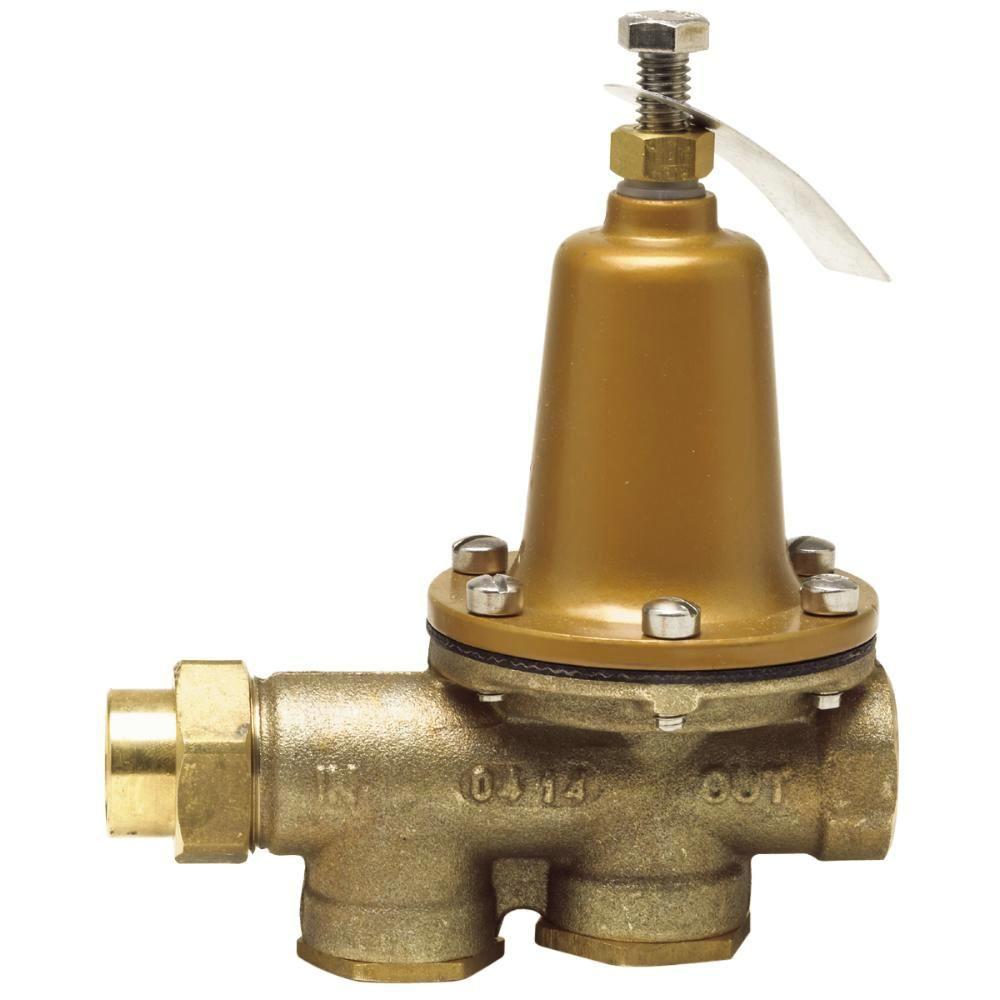
If you discover that your water pressure problem is affecting all water fixtures in your home, the cause may be a pressure reduction valve. This is a device connected to the main water supply at the point where the water accesses your home. It can either fall out of adjustment, break or develop a malfunction. A professional plumber can check what the problem is and fix it.
- Obstructed or Broken Pipes
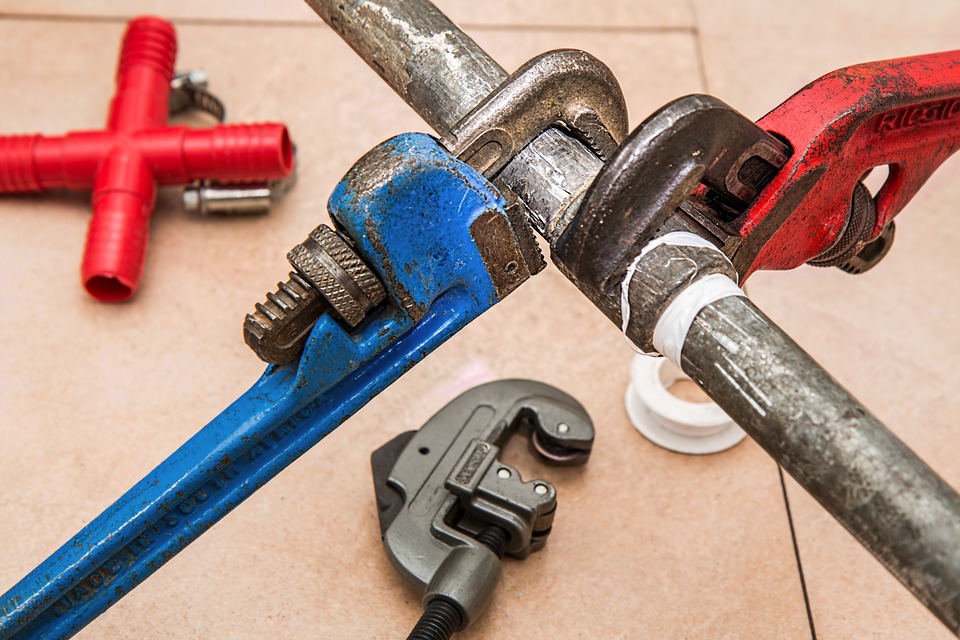
This is the first issue a plumber will look for when you are experiencing low water pressure in shower. A broken pipe will not only reduce the water pressure in your home but can also potentially cause serious damage to your home. Dripping, water stains, pressure reduction, and running water in the walls are all indications of broken water pipes.
- Clogged Showerheads or Pipes
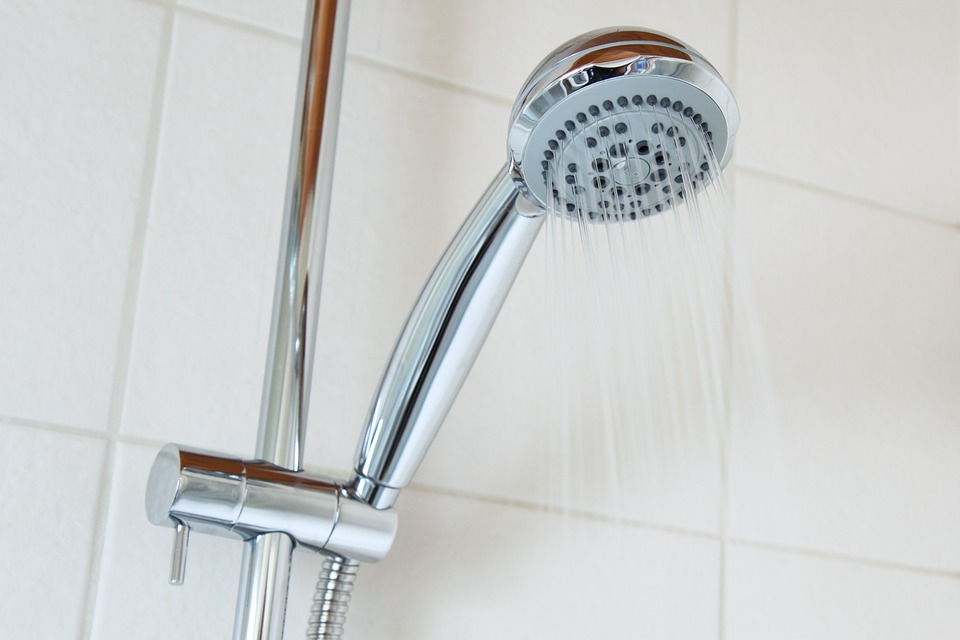
If there is a reduction in water pressure in the shower and none of the factors above are causing it, it could be due to a clogged shower head. You can unscrew the showerhead and detach it from the wall. Soak it in the ideal cleaning solution for a few minutes and scrub the nozzles with an old toothbrush. This should unclog it. Screw it back in and check if the pressure issue has been fixed.
If you live in an area with hard water, it is possible that mineral residues have clogged the pipes. This can reduce pressure gradually and also the flow of water.

